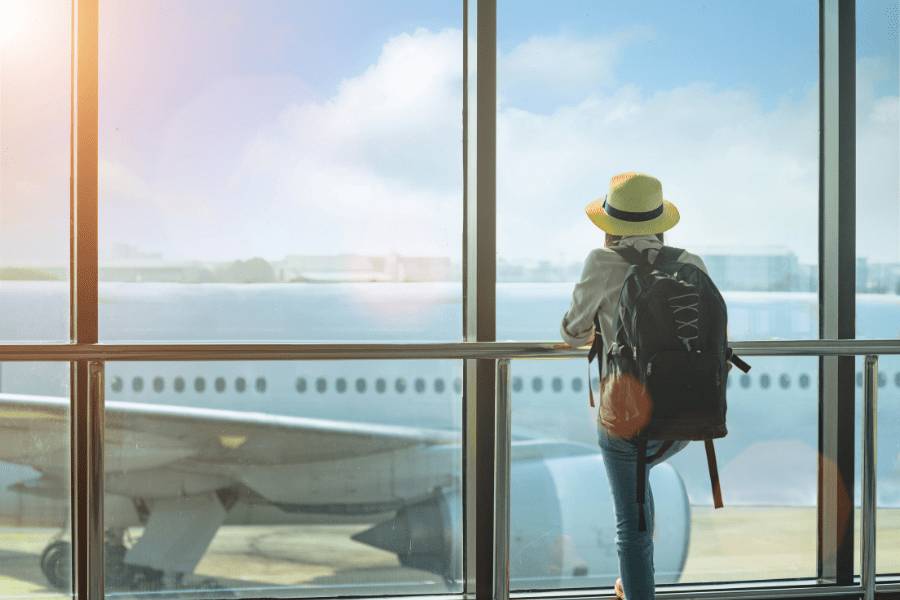
In this article Beyond Celiac CEO Alice Bast shares her top tips for traveling safely with celiac disease. She believes it’s important to continue living as “normal” a life as possible after a celiac disease diagnosis. That includes travel.
Travel can be nerve-wracking on multiple levels: coordinating schedules, taking time off, creating an itinerary, and paying for the many accommodations and excursions. For those of us with celiac disease, we also struggle to find restaurants that serve truly gluten-free food, stuff suitcases with snacks rather than clothes, and, unfortunately, may spend a portion of our vacation in the bathroom and bed, suffering from gluten exposure.
A vacation is a time to experience new places, new cultures, and new people. It’s a time to relax. It should be a break from stress and routine, but sometimes that day-to-day routine is what helps people with celiac disease feel comfortable and in control: overseeing what food is bought, how it is prepared, and how it is served. That loss of control can bring about feelings of anxiety—not exactly a fun break. In some ways, vacations highlight our differences even more. We may feel judged by restaurant staff and locals, or even those relatives we might not see too often. The idea of vacationing again reminds me that we are never truly free from celiac disease.
But it’s important for those of us with celiac disease to not allow the diet to intimidate us into staying home. I will not allow this disease to shackle me anymore than it needs to, and I encourage you to do the same. To help, here are some of my tips for staying healthy and sane when taking a trip:
I do not pretend to have trip-taking down to a science. As much as I plan, things happen that are out of my control. But life is worth living, and traveling is part of what enriches the human experience. Yes, I may have the occasional negative experience, but I believe it’s better to try than to stay home for the rest of my life.
At Beyond Celiac, we envision a future free from the burden of celiac disease. With our strategic science plan and shrewd partnerships, Beyond Celiac is already making strides toward that new world: one where those with celiac disease can travel freely, be spontaneous, and eat without fear—a world Beyond Celiac.
Opt-in to stay up-to-date on the latest news.
Yes, I want to advance research No, I'd prefer not to